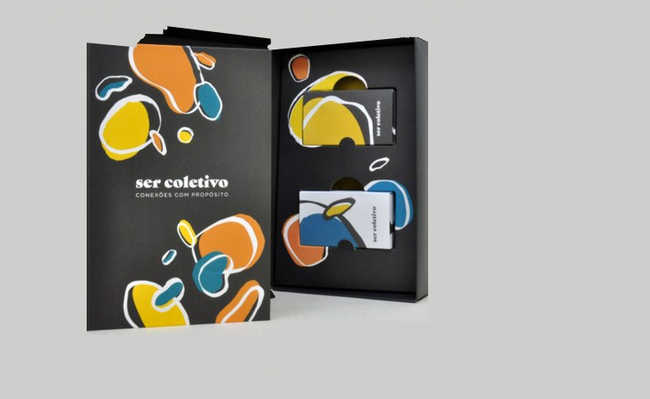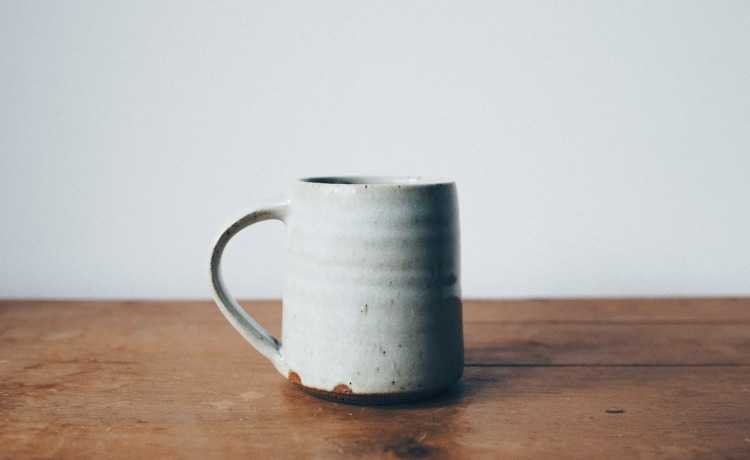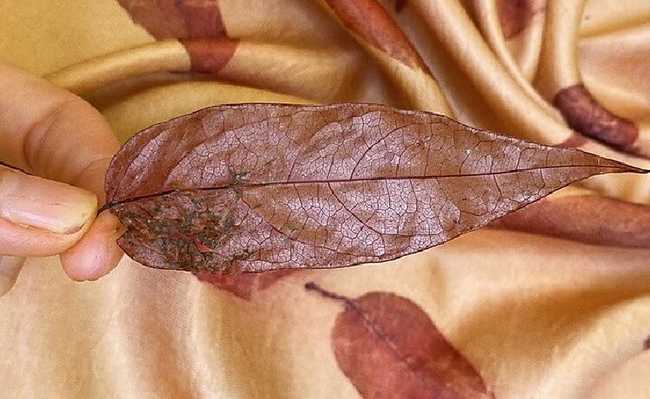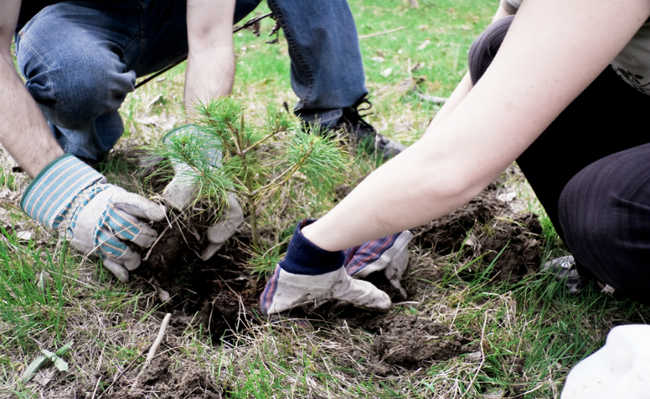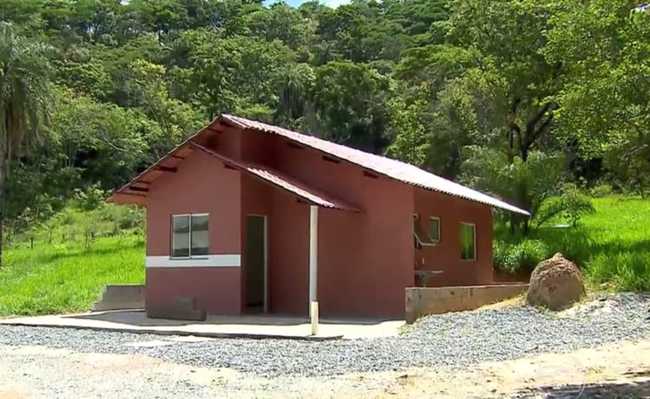Plastic life cycle: what it is and how to optimize it
The implementation of the circular economy is a bet to optimize the life cycle of plastic

Edited and resized image by Timothy Paul Smith is available on Unsplash
The plastic lifecycle is the entire course made by any plastic product, from the extraction and processing of its raw materials to its post-disposal.
A well-developed society must take into account the plastic life cycle in the management of all socio-political-economic processes, so that the negative socio-environmental impacts of this type of product are always as small as possible. One of the ways to put this economic conception into practice is through the implementation of the circular economy. Understand:
- What is Circular Economy?
Plastic life cycle and environmental impacts
The growing production and use of plastic has outpaced society's ability to manage it effectively until the end of its useful life. In other words, the handling of plastic, such a useful and versatile material, has developed in an unsustainable way.
In the UK, less than half of plastic packaging, which represents more than half of packaging waste, is recycled. In São Paulo, where 12 thousand tons of household garbage are produced every day, the amount of garbage could cover up to 53 meters in height on the entire Avenida Paulista, the city's main thoroughfare. However, from a potential 40% of waste recycling (including those made of plastic, which represent a significant part of the total), São Paulo currently recycles only 7%. The rest go directly to landfills, where they are unused and still contribute to pollution.
Estimates indicate that by the year 2050, the ocean will have, by weight, more plastic than fish. Furthermore, it is confirmed: the human intestine also has microplastics. This is most likely because plastic has already entered the food chain. It is in salt, food, air and water.
A poorly managed plastic life cycle allows this type of product to escape into the environment. Plastic kills 1.5 million animals a year, and, once in the environment, it ends up absorbing bioaccumulative substances and having an endocrine disrupting action.
Not to mention those that already have, from the factory, dangerous substances, such as bisphenols. Learn more about them in the article: "Know the types of bisphenol and their risks".
Thus, it is necessary to make the life cycle of plastic more effective, so that the six errors of sustainability and the economic circularity of this product are taken into account.
The six "errors" of sustainability
According to an article published by the Brazilian Institute of Information in Science and Technology (IBICT), the six sustainability "errs" are the steps for planning a new product or for improving an existing one. The thinking is based on the following concepts:
Rethink:
Examine the product so that it is as efficient as possible;
Reset (replace):
Check the possibility of replacing any item that is toxic for another that has less impact on human health and the environment;
To repair:
Develop a product that can have its parts or pieces repaired;
Reduce:
Think of a way to reduce the consumption of raw materials, energy, water and the emission of pollutants;
Reuse:
Think of a product that has parts or materials that can be used again;
Recycle:
Transforming the products and materials that would be thrown away into raw materials or new products with another use.
Circular economy and optimization of the plastic lifecycle
The categorization of different types of plastic is the first step towards optimizing the plastic lifecycle.
It is necessary to recognize that plastics are not all the same and to develop a new categorization system based on the time they are used. A study that developed five "use phase categories" provided a new approach to framing the discussion on the resource use efficiency of the plastic lifecycle, focusing attention on the dominant lifecycle impacts of different materials.
- Know the types of plastics
These categories are as follows:
Very short usage time (less than a day) small format
This category includes plastic products such as cotton swabs, coffee filters, packaging for confectionery, medical and hygienic products, wet wipes, clothing labels, coffee capsules (some models), among others. Ways of optimizing the life cycle of these products would be the elimination of the product from the market or the replacement of the plastic material for another less impactful. In the item "coffee capsules", Brazil has successful examples, which you can check in the article: "Nespresso: coffee, capsule, machines and sustainability?".
Very short usage time average format (less than one day)
Disposable plastic cups, disposable plates, travel containers, plastic bags, plastic cutlery, all these plastic products fall into medium format with very short usage time.
This type of plastic waste provides few functional benefits and contributes significantly to marine and terrestrial pollution. Thus, its use must be reduced and, in cases where this is not possible, there must be alternatives for reuse or that are compostable.
Short usage time (more than one day less than two years)
Containers for food and beverages, cosmetics, agricultural films and bags are often short-lived. For this type of residue, the study suggested the standardization of the design green, including recycled raw material, correct classification, increased separation, deposit return schemes and education to extend product life.
Average usage time (greater than two years and less than 12 years)
For objects like car parts; components of electronic equipment such as cell phones and computers; reusable distribution boxes, toys, fishing gear, it is suggested that they be designed to extend their durability. In addition, compatible and scalable parts must also be designed. Data on recycling rates for these objects are required; expansion of producer responsibility and improvement in classification and separation.
Extended use time (greater than 12 years)
Window components, materials for electrical structures, plumbing, insulating boards, wall panels, tiles and carpets, at the end of their useful life, are waste that lack sufficient information regarding reuse and recycling rates. Improvements are needed in sorting, sorting, and product information operations. In addition, these parts need to be designed to last longer, be compatible and scalable.
It is necessary to generate demand for recycled plastic so that market shocks related to oil prices and the impacts of plastic production are reduced.
According to Resourcing the Future Conference, for some items in category 1, 2 and 3, there are increasing demands on producers to pay the costs of cleaning up marine and terrestrial waste. In this sense, according to the report, interventions linked to the number of products, rather than weight, can be effective in recognizing and correcting impact costs.
Improving the classification and separation of plastic components to enable recycling will require, as a consequence, an increase in infrastructure processing capacities. Interventions need to address different needs across all use phase categories, incorporating both disposable and non-disposable products.
Governments will need to work with industry to design a range of financial instruments and mechanisms to support these plastic lifecycle requirements.
A clarification on the role of bioplastics is also needed. Biodegradability of packaging has been considered a desirable characteristic for plastic, along with recyclability. However, the implications for the resource sector of expanding its use need urgent strategies. It is important that any future decisions are agreed upon, taking into account the existing collection and treatment system and other parts of the plastics recycling industry.
Marine pollution and overuse of packaging have prompted a number of initiatives in the UK, such as 'plastic-free aisles' in supermarkets, shopping bag bans and proposed packaging return schemes.
However, negative publicity around plastics, and in particular disposable plastics, has the potential to influence decision-making without considering solid evidence. This could result in unintended consequences in terms of environmental, social and economic impacts, and work against efforts to transition to a circular economy.
In the overall view, the intervention framework and guidance should develop strategies to: design and manufacture plastic products for longer use and better treatment or disposal at end-of-life; maximize the environmental benefits while using plastic products and increase the amount of plastics that are reused, recycled and recovered.
In addition, it is necessary to encourage water recharge points in public and business places; implement negative charges for the use of plastic bags to small retailers; explore the introduction of plastic-free supermarket aisles and a host of other actions to "close" the plastic lifecycle while maintaining maximum value and use of raw materials, products and waste.
These actions are in line with the concept of circular economy, where waste is seen as input for the production of new products. In the environment, leftover fruit consumed by animals decomposes and becomes fertilizer for plants. This concept is also called “cradle to cradle” (from cradle to cradle), where there is no idea of waste, and everything is continuously nourishing for a new cycle. It is a concept based on the intelligence of nature, which is opposed to the linear production process.

